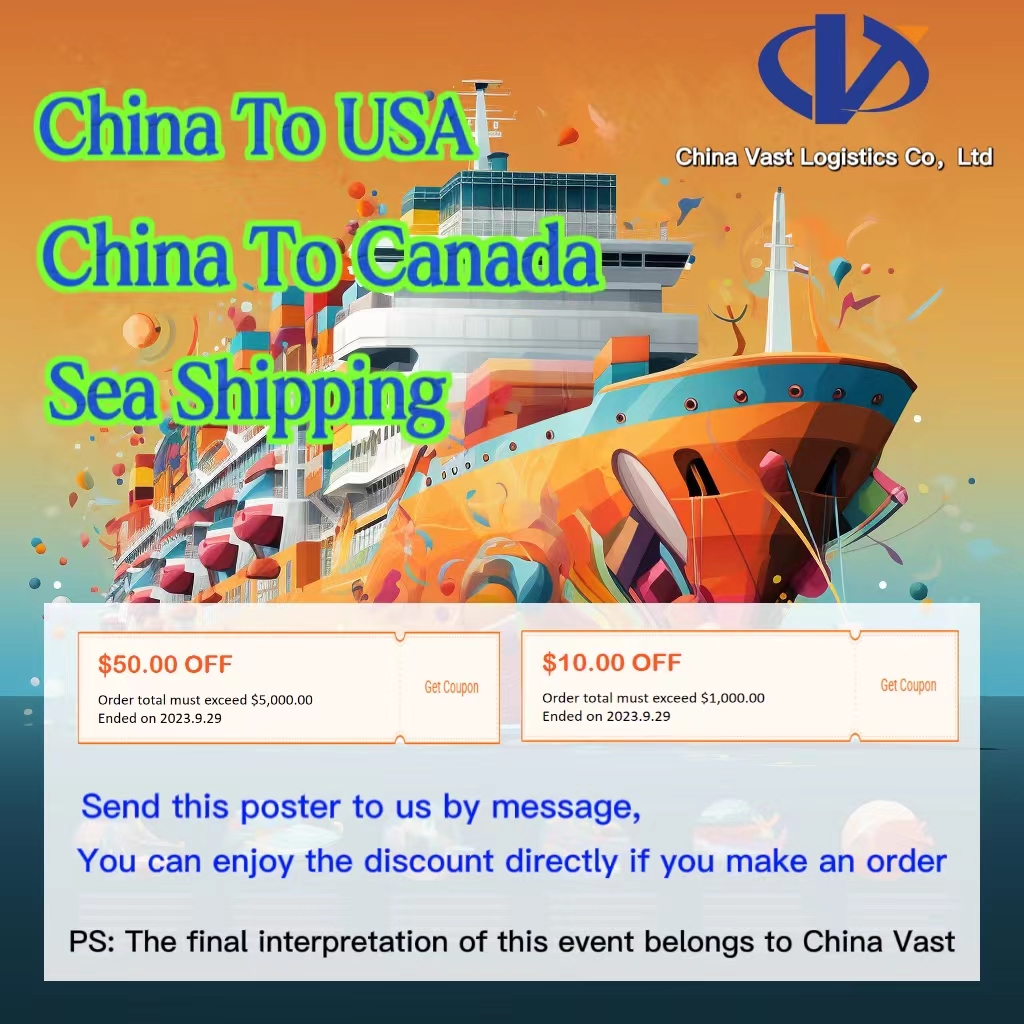What Is a Shipping Schedule?
A shipping schedule refers to a carrier’s planned arrangement for the deployment of vessels. It details:
-
What type of ship is being used
-
When the ship will depart and arrive
-
The itinerary from the port of origin to the destination
Shipping schedules can be categorized based on the type of cargo:
-
Container Shipping Schedule: Refers to the operational plan for container vessels.
-
Bulk Shipping Schedule: Pertains to vessels carrying bulk commodities like coal, ores, etc.
Vessel Name / Voyage
A voyage represents the full cycle of a vessel carrying out a shipping task, from loading to transportation and unloading.
Key points:
-
A voyage is the basic unit for evaluating a vessel’s productivity and operational efficiency.
-
It encompasses all production stages: loading, sailing, and unloading.
-
For passenger or cargo vessels, a voyage starts from the completion of unloading at the previous port and ends after unloading at the new destination.
-
Voyages are continuous unless interrupted by maintenance.
-
A round-trip without cargo return counts as one voyage, while a loaded return counts as two.
The duration of a voyage is known as voyage time.
Four Phases of a Voyage
-
Pre-Voyage Stage: Sailing to the loading port
-
Loading Stage: Berthing and cargo loading
-
Sailing Stage: Transporting goods to the unloading port
-
Unloading Stage: Berthing and unloading at the destination
Types of Voyages
1. Based on Operation Type
-
Simple Voyage: Transport between two ports
-
Complex Voyage: Involves multiple ports with intermediate loading/unloading
2. Round-Trip Voyages
-
One-Way Round-Trip: Loaded outbound, empty return
-
Two-Way Round-Trip: Loaded both outbound and return
-
Complex Two-Way Round-Trip: Includes additional operations at multiple ports
Voyage Planning
Voyage planning involves detailed safety and operational arrangements from departure to arrival at port.
Core contents include:
-
Updated nautical charts and reference materials
-
Navigation equipment inspection
-
Crew and cargo preparations
-
Fuel, water, and daily supplies
-
Route selection and timing
-
Navigation strategies for critical areas
-
Weather and sea condition forecasts
-
Destination port info: pilotage, channels, communication
Effective planning ensures safety and operational efficiency.
What Are Ocean Routes?
Ocean routes are pathways vessels follow between ports during maritime transport.
Characteristics of Ocean Routes
Ocean routes serve as logistical links in the global transport network. Their design considers cargo flow, vessel type, and port capability. They are naturally formed and involve relatively low infrastructure investment compared to land transport systems.
Types of Ocean Routes
1. Based on Navigable Waters
-
Ocean-Going Routes: Cross multiple oceans (e.g., China to the U.S. or Europe)
-
Coastal Routes: Between domestic ports (e.g., Shanghai to Dalian)
-
Near-Sea Routes: Between neighboring countries (e.g., China to Japan)
-
Round-the-World Routes: Combine the Pacific, Atlantic, and Indian Oceans
2. Based on Seasonal Availability
-
Seasonal Routes: Adjusted for ocean currents and monsoons
-
Year-Round Routes: Operate consistently regardless of season
3. Based on Capacity and Cargo Volume
-
Mainline Routes: Serve major hub ports with large container vessels
-
Feeder Routes: Serve smaller regional ports, often using small vessels
4. Based on Operational Structure
-
Direct Routes: No intermediate port calls
-
Transshipment Routes: Involve cargo transfer at intermediate ports
5. Based on Sailing Frequency
-
Liner Routes: Fixed schedule, port calls, and cargo types
-
Tramp Routes: Flexible, based on charter contracts and cargo availability
6. Based on Navigation Technique
-
Great Circle Route: Shortest path between two points on Earth
-
Constant Bearing Route: Easiest for navigation but not shortest
-
Parallel Route: Used for locations on the same latitude
-
Hybrid Route: Combination to avoid hazards and optimize safety
7. Based on Weather Conditions
-
Climatic Routes: Based on seasonal ocean patterns and prevailing winds
-
Weather Routes: Adjusted in real-time according to forecasts
The optimal route is one that balances time, safety, and efficiency.
Formation of Ocean Routes
Ocean routes are shaped by several factors:
-
Safety: Avoiding storms, currents, reefs, and ice
-
Cargo Volume: Higher demand makes a route more viable
-
Port Conditions: Depth, climate, storage, connectivity, and costs
-
Technical Factors: Minimizing fuel use and sailing time
-
Geopolitical and Economic Policies: International relations, trade policies, and regulations also play a key role
Choosing the right route is crucial for maritime transport efficiency.

